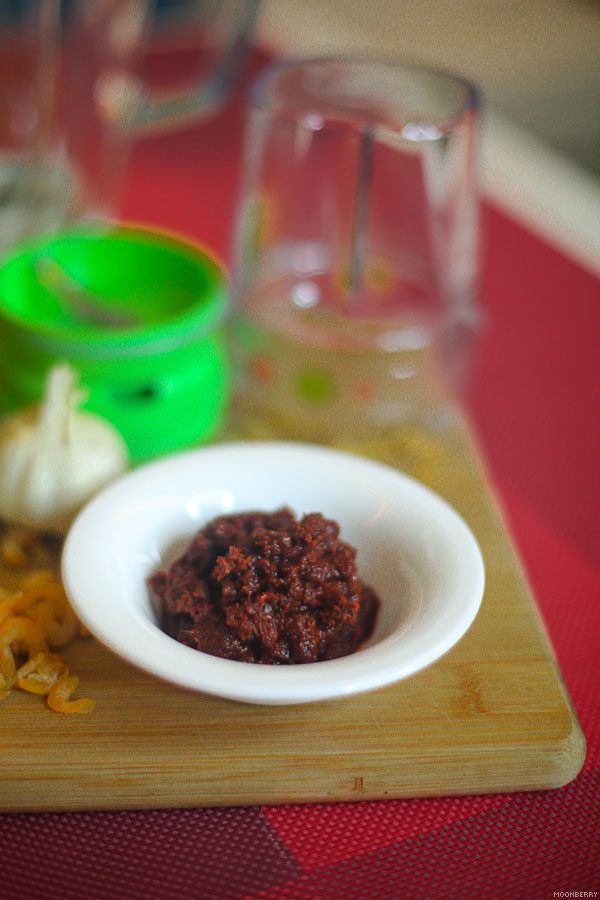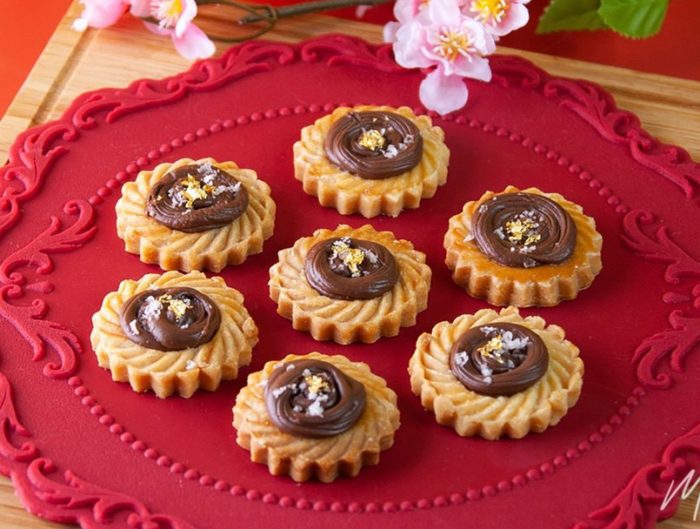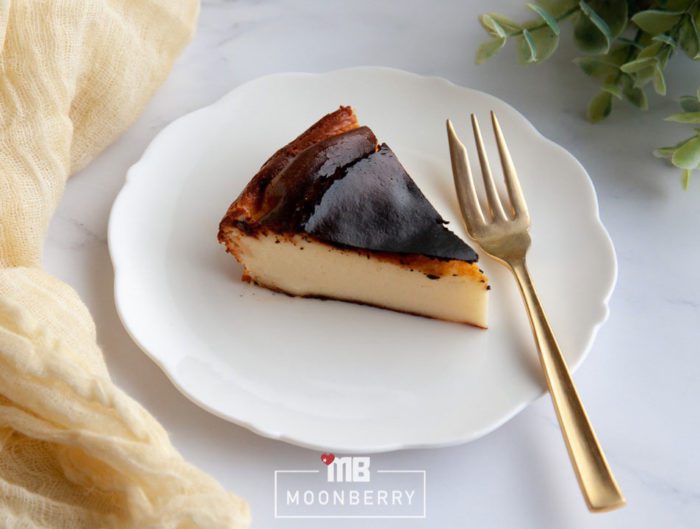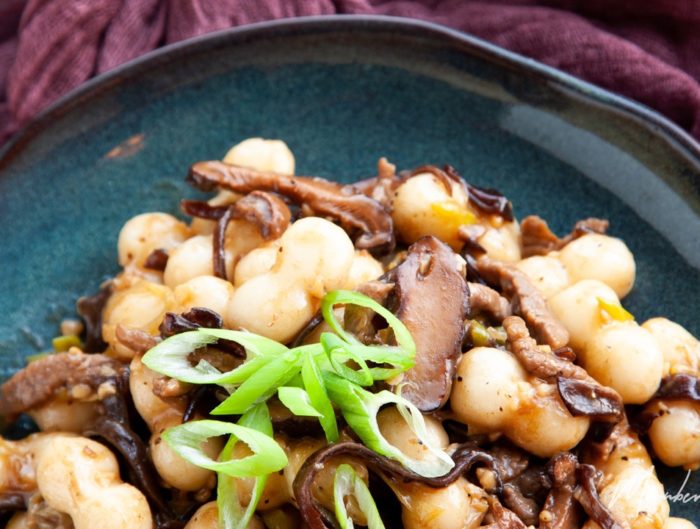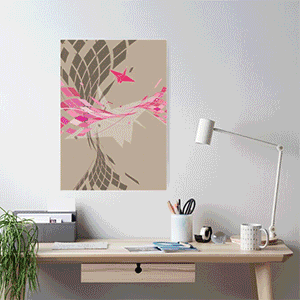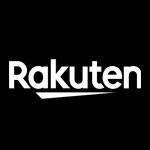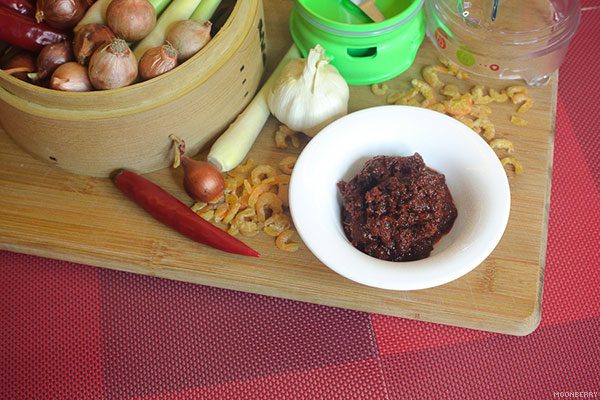
The beauty of Peranakan cooking lies in the spices, otherwise known as rempah, that form the foundation of every dish. Rempah is made of a blend of spices pounded together, to create different layers of complex flavors in a Peranakan dish. Back in the days, all Nonya women were trained in the kitchen from a young age and they learned how to pound rempah traditionally using pestle and mortar.
I am not Peranakan but I love Peranakan/Nonya food and often feel inspired to recreate the restaurant dishes I’ve eaten back in my own kitchen. I have tried my hand at cooking Peranakan dishes before, using the same traditional method and it really takes a whole lot of elbow grease to pound the different spices into a smooth paste. It is a very time-consuming and labor-intensive procedure.
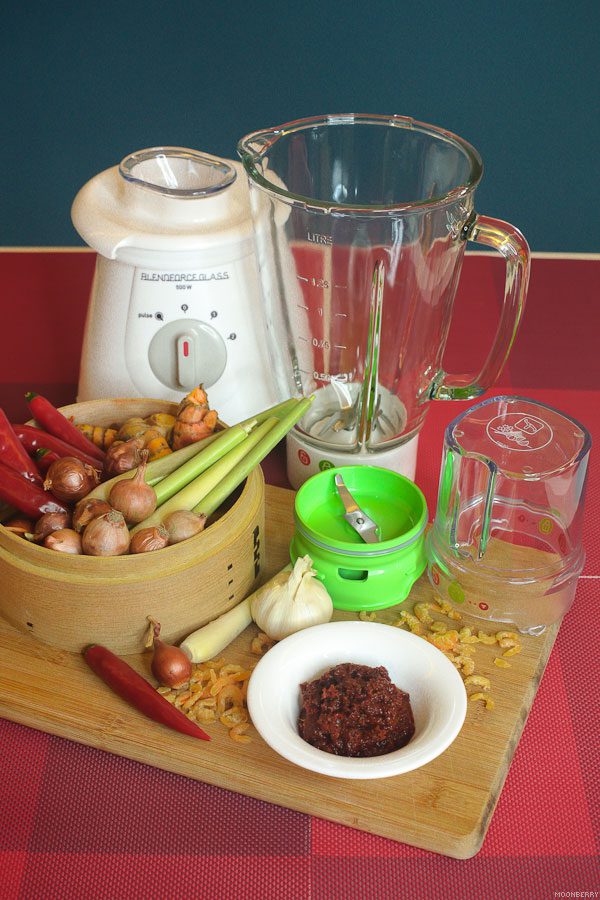
With the Tefal Blendforce blender however, preparing rempah is much easier and faster. I used it recently to make Sambal Hae Bee, which is chunky chili paste with pounded dried shrimps. It is a versatile condiment that can be served on the side as a dipping sauce, or incorporated into a stir-fry with vegetables like long beans or okra.
Generally speaking, most Peranakan rempah consist of shallots, chilies, garlic, lemongrass, turmeric, tamarind juice, candlenuts and sugar – give or take, plus minus a few other ingredients not mentioned here. Depending on what you are making, the ingredients are varied in quantities. I started with the mini grinder attachment to first chop up the ingredients into smaller pieces. Then I transferred that all into the glass jug and used the pulse function to mix everything together yielding a smooth paste.
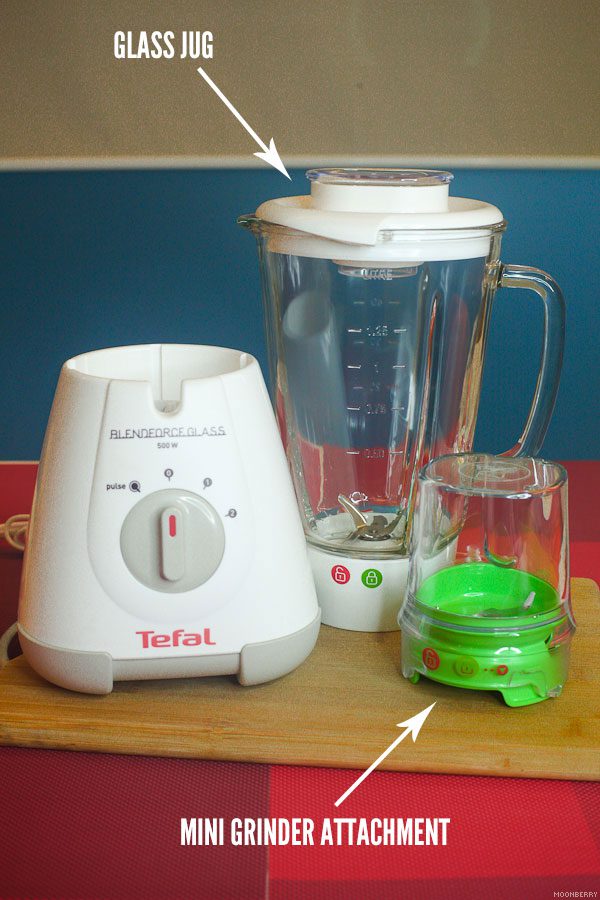
The Tefal Blendforce has a powerful 6-blades system that yielded a consistent cyclonic effect and the design of the blades ensures that no bits and chunks of the ingredients got stuck at the bottom of the glass jug.
Speaking of glass jug, I like it very much because firstly, it has a substantial weight and so during the blending process, the jug doesn’t shake around or vibrate as compared to the plastic jugs commonly found in most other blenders. Secondly, because the jug is made of glass, it makes cleaning up afterwards so much easier.
If you have worked with preparing South East Asian spice pastes before, you’ll know that the ingredients have a strong coloring after being combined and stain easily. Especially turmeric, which has a very strong yellowish-orange color (incidentally, turmeric is also the key ingredient in curry powders) so you can imagine how this color will transfer to any plastic containers, bowls, even hands and it is difficult to remove. I have sacrificed many plastic prepping bowls in the past, marinating meats in curry powder and preparing other sauces containing turmeric.
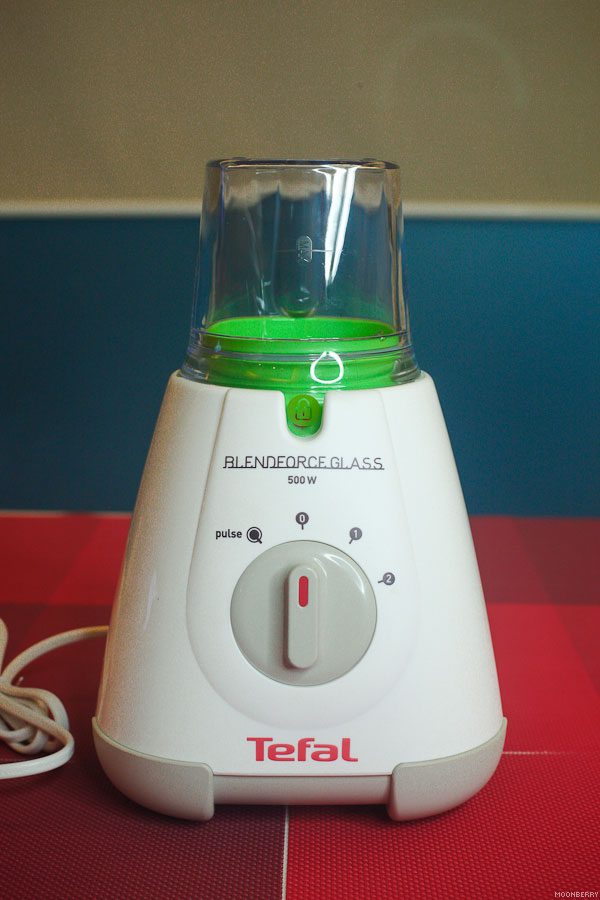
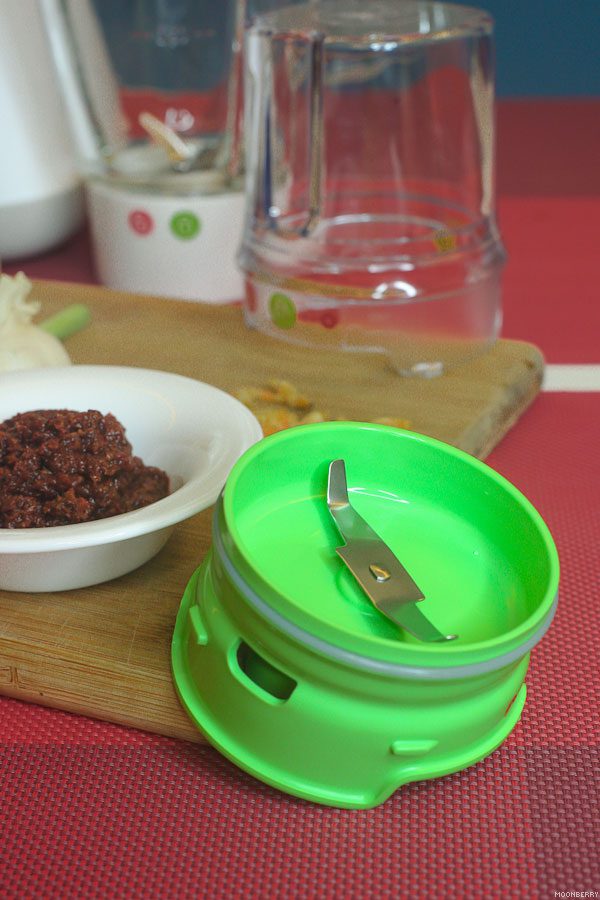
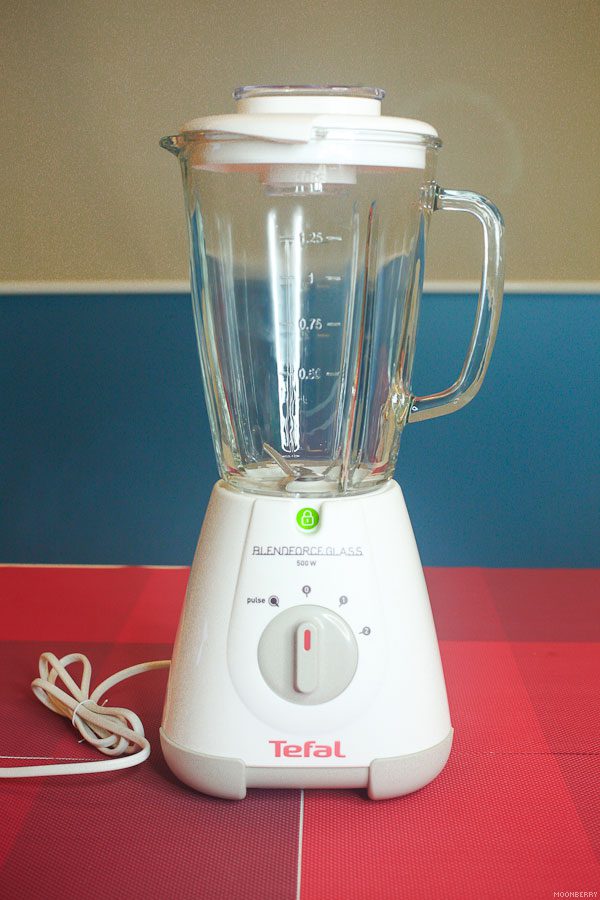
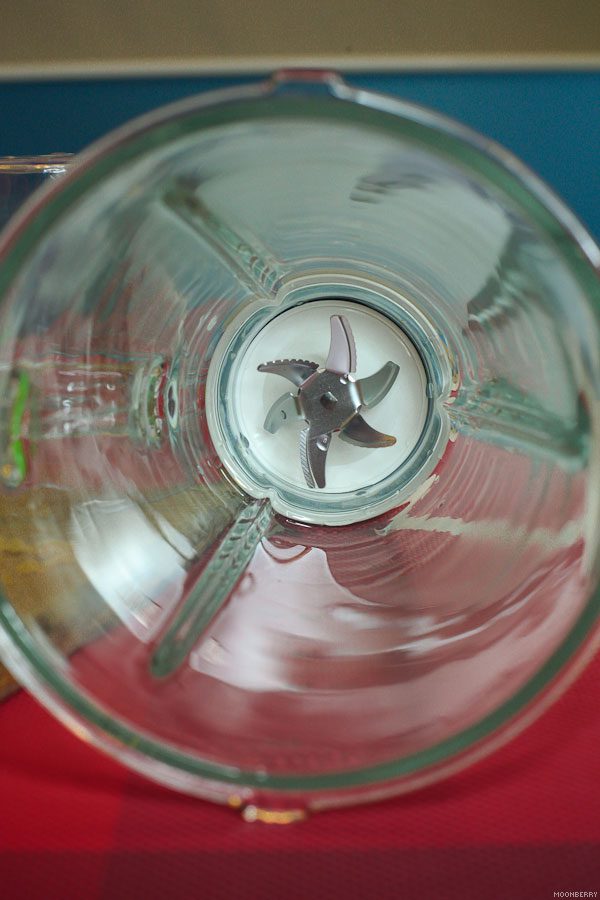
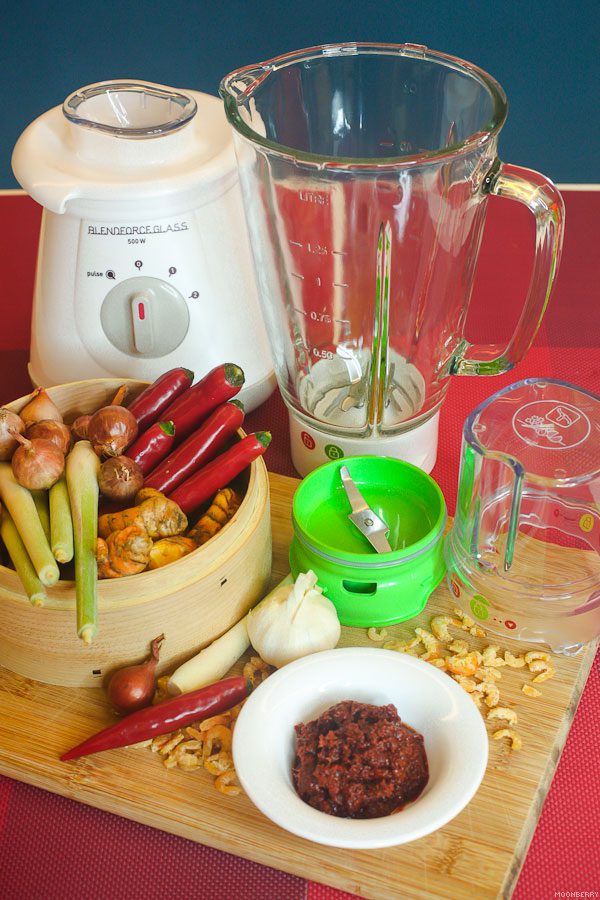
Without further ado, here’s the recipe for Sambal Hae Bee.
SAMBAL HAE BEE
Ingredients
Group A
300g Dried Shrimps, chopped finely using the mini grinder attachment
1 cup Oil
Group B
100g Shallots
100g Chilies
25g Turmeric
10g Belachan (Shrimp Paste)
5 cloves Garlic
1 stalk Lemongrass
1/2 tsp Coriander Powder
Group C
2 1/2 tsp Sugar
1 Tbsp Tamarind Juice
1/2 tsp Salt
Method
1. First use Tefal Blendforce mini grinder attachment to chop everything in Group B into smaller pieces. And then transfer everything into the glass jug and pulse for a few minutes until smooth. Add a bit of water if the ingredients are too dry. Alternate between pulsing and blending until you get a smooth paste.
2. Heat oil in a wok, stirfry Group B for a few minutes to release the fragrance.
3. Add in the finely chopped dried shrimps.
4. Mix in Group C and stir fry everything together to ensure that the flavors are incorporated.
5. Remove from heat and serve as a dipping sauce. Alternatively you can let it cool before storing in a glass jar to use for stir-frying with vegetables or prawns.
